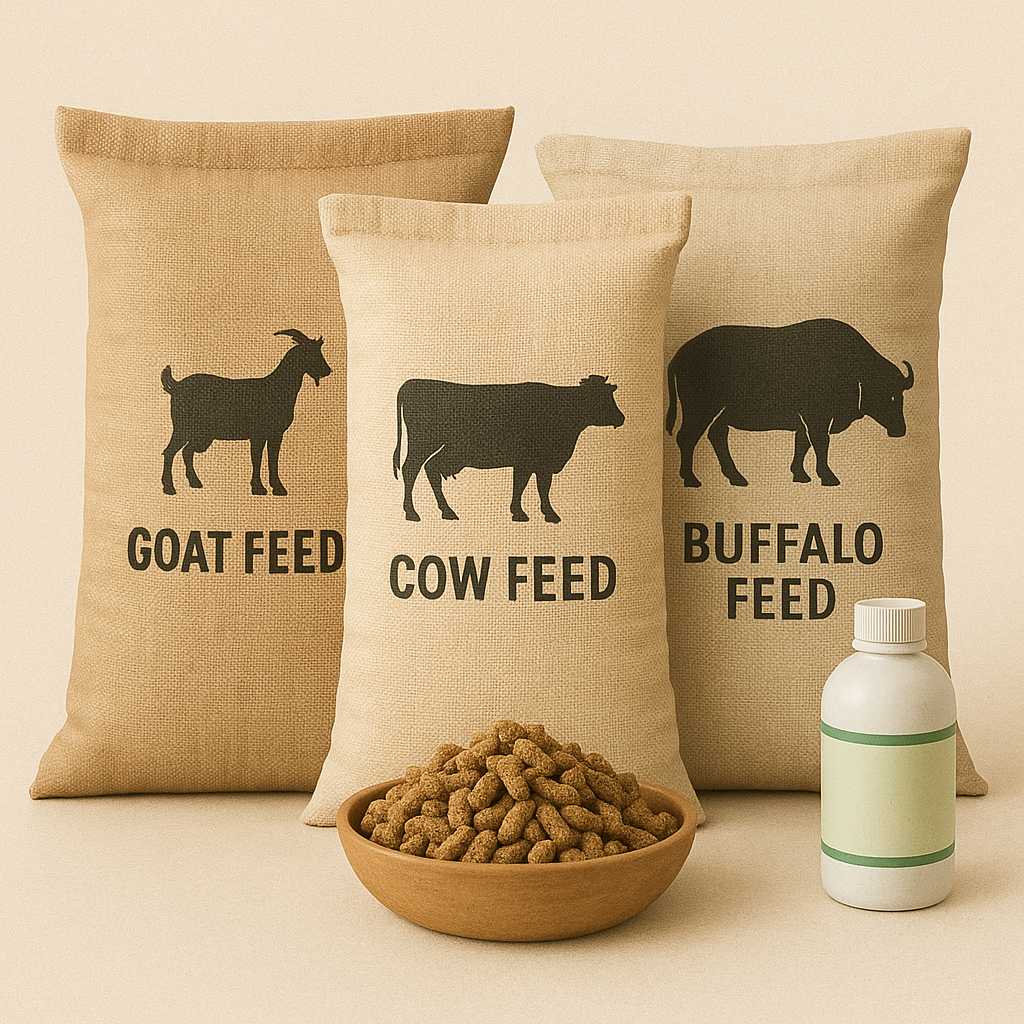
Boosting Conversion Rates: Turn Browsers into Buyers Online
Introduction
Imagine this: A potential customer visits your ecommerce site. They spend time looking around and check out several products. Then, they leave without buying anything.
For many online stores, this is a common scenario. The real challenge is not just getting visitors to your ecommerce website but converting them into buyers. This process, known as conversion rate optimization, is essential for boosting your store’s bottom line and ensuring that users turn into loyal, paying customers.
In this guide, we’ll cover conversion optimization strategies that transform your online store from just a browsing destination into a place where people confidently make purchases. You can encourage more customers to finish their purchases by looking at user behavior. Streamline your checkout process and make targeted changes.
1. Simplify Your Website Navigation for Better User Experience
The first step in optimizing your ecommerce website is to make navigation easy and intuitive. Clear, user-friendly navigation is essential for guiding customers through your store and keeping them engaged. If your landing pages or menu layout is confusing, customers may quickly abandon their shopping journey.
Organize categories logically, keep menus uncluttered, and make sure that all products are easy to find. Include a search bar to help users locate specific products. By focusing on user experience, you make it easier for customers to browse and move towards making a purchase decision.

2. Use Detailed Product Descriptions and High-Quality Product Images
In an online store, product descriptions and product images are often the only factors customers have to base their decisions on. Clear, informative descriptions and high-quality visuals can enhance customer trust and motivate purchases. With detailed product descriptions and images, customers feel more confident about their choices.
Write descriptions that highlight the benefits of each product, as well as key features and any unique aspects that set it apart. Include multiple images to show the product from different angles or in use. Adding videos or 360-degree views can further improve user interaction and engagement. Quality visuals and descriptions contribute significantly to an optimized user experience.
3. Leverage Social Proof with Customer Reviews and Testimonials
Social proof is a powerful tool for building customer trust. Reviews, testimonials, and ratings act as endorsements from existing customers, making potential buyers feel more confident. Positive customer reviews can be especially persuasive, turning hesitant shoppers into buyers.
Include a reviews section on each product page to make social proof visible. Featuring real feedback from customers, including photos, adds authenticity. If you’re a new ecommerce business, consider showcasing testimonials from your first few buyers to build credibility. By prominently displaying social proof, you create an environment where new visitors feel more secure in their purchase decisions.

4. Optimize for Mobile to Reach a Broader Audience
With an increasing number of people shopping on their phones, mobile optimization is crucial for any ecommerce business. A mobile-friendly site ensures that users on any device have a seamless shopping experience. Ensuring smooth mobile access not only keeps users engaged but also encourages conversions.
Test your store to make sure it’s responsive and easy to navigate on mobile devices. Ensure that menus, images, and checkout processes are accessible on smaller screens. Consider building a mobile app for additional convenience if you’re seeing high mobile traffic. Mobile optimization enables you to cater to users who prefer shopping on-the-go, improving the chances they’ll make a purchase.
5. Simplify the Checkout Process to Prevent Cart Abandonment
A complex checkout process is one of the biggest reasons for cart abandonment. To increase conversion rates, aim to make the checkout experience quick, easy, and transparent. A streamlined checkout process improves customer satisfaction and reduces the likelihood that customers will abandon their carts.
Offer a guest checkout option for users who don’t want to create an account. Make sure to display all costs upfront, including shipping and taxes, to avoid surprises at the end. Provide various payment methods for added flexibility. A simple and transparent checkout process not only improves user experience but also encourages completion of purchases, reducing lost sales due to cart abandonment.

6. Use Personalized Recommendations to Boost Engagement
Personalized recommendations can greatly enhance user interaction and increase your store’s bottom line. By recommending relevant products based on browsing history or past purchases, you provide an engaging shopping experience that meets each customer’s unique preferences.
If a customer has viewed several items in a category, suggest complementary products or related items that might interest them. Showing “customers also bought” or “recommended for you” sections can boost average order value. Personalized recommendations help guide customers towards items they are likely to buy, increasing both engagement and conversion rates.
7. Create Limited-Time Offers and Promotions to Drive Urgency
Limited-time offers tap into the fear of missing out, creating urgency that encourages customers to act quickly. By strategically promoting discounts, free shipping, or other offers for a limited period, you can increase conversions. Highlighting these offers on your homepage or product pages can also capture attention and incentivize action.
Consider adding a countdown timer to emphasize time-sensitive offers. Seasonal sales, discount codes, or free shipping can be excellent motivators. Limited-time offers are effective for turning casual browsers into buyers by creating a sense of urgency in their purchase decision.
Conclusion
Increasing your online store’s conversion rate isn’t just about attracting visitors; it’s about creating a shopping experience that turns those visitors into paying customers. By focusing on factors like easy navigation, engaging product descriptions, mobile-friendly design, and trust-building elements like social proof, you build a store that encourages purchases.
Ready to transform your online store? Start implementing these strategies to improve your store’s conversion rate optimization and watch your customer satisfaction.
And start your journey through buildmystore.io it’s free.











